Born at the height of WWII, Takaya Mitsuo has in his words, “been an anti-war protester since birth.” The rozome pieces that he creates thus reflects his experience of war and such social themes makes him a rarity and true gem in the textile art world.
Growing up in a family with a kimono business, Takaya has always been around textiles. It was not until 1961 however that he entered Kyoto City University of Arts to begin the studying textile dying in earnest.
After working three years in a kimono company, Takaya decided to leave it behind in order to dedicate himself to his artwork. In the postwar period however, works which used craft techniques such as rozome were rarely recognized as art. In spite of this, Takaya continued to submit pieces to the Japan Independent Exhibition sponsored by the Nihon Bijustukai association and at the age of 32, his work was accepted by Nitten Exhibition for the first time.

Traditionally, Japanese artists are banded into groups with rigid stratifications between and inside each. As a member of the Nihon Gendai Kogei Bijistuka Kodai (Japan Contemporary Artists’ Society) and later, the Nihon Shinkogei Renmei (Japan New Industrial Artists’ Federation, commonly known as Shinkogei), Takaya felt trapped and confined by the polarized relationships of peers and mentors within the groups. In 1991, he finally made the decision to leave and as a result, was rejected from many exhibitions without membership in an artist’s organization.
However, it meant that Takaya was no longer confined to the natural motifs which had characterized his work up to that point, and thus free to find his own unique identity as an artist. This allowed Takaya to express the hardships he experienced during WWII and later, the American war in Vietnam. His anti-war sentiments have thus become the major theme in his work and passing on these values to the younger generation his ultimate goal.
The most important step of Takaya’s creative process is the initial sketch because to him, the content of the work is most important. He is constantly searching for purpose and meaning in his paintings and insists that his students do the same. It is his personal belief that “beauty, in its most essential form, results from self-searching and the pursuit of truth.”

From these initial thumbnail sized drawings he creates increasingly detailed and larger sized drafts before the final work is even started. The tall stack of sketchbooks that has accumulated through the years is simply incredible.
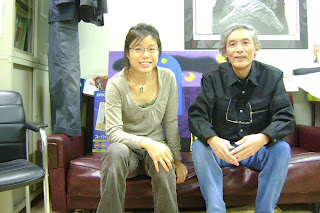
This meeting with the rozome master Takaya Mitsuo has inspired me to be more mindful about the meaning behind every piece I create. What exactly am I trying to say and why? What is the point of making this work? From these ideas come small sketches which are the seeds that grow into a monumental piece of art. This is how I will continue in his footsteps to find truth and meaning in my art.



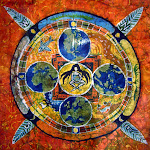
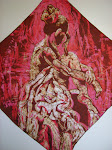

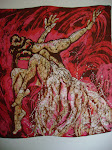

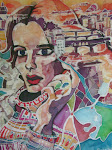
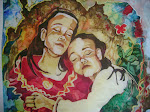




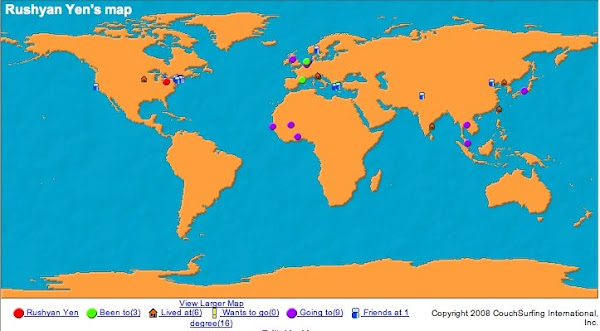
No comments:
Post a Comment